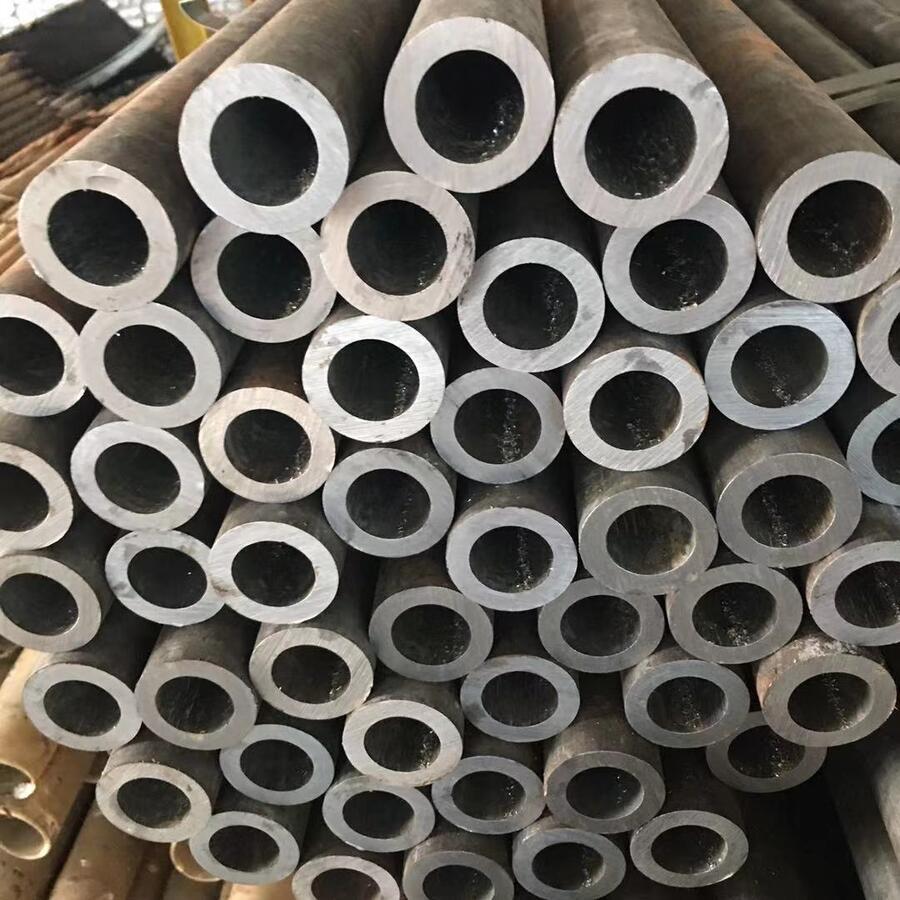In the ever-evolving world of manufacturing, mini steel mill machines have emerged as a vital component in the production of steel. These compact and efficient machines are designed to cater to the needs of small to medium-sized enterprises, providing a cost-effective solution for steel production. In this article, we will delve into the various aspects of mini steel mill machines, including their specifications, advantages, and applications.
What is a Mini Steel Mill Machine?
A mini steel mill machine is a smaller-scale steel production facility that typically includes equipment for melting, casting, and rolling steel. Unlike traditional steel mills, which require significant investment and space, mini steel mills are designed to be more flexible and efficient. They can produce a variety of steel products, including bars, rods, and sheets, making them suitable for various industries.
Key Features of Mini Steel Mill Machines
Mini steel mill machines come with several key features that enhance their functionality:
- Compact Design: These machines are designed to occupy less space, making them ideal for smaller production facilities.
- Energy Efficiency: Mini steel mills consume less energy compared to traditional mills, leading to lower operational costs.
- Versatility: They can produce a wide range of steel products, allowing manufacturers to cater to diverse market demands.
- Automated Processes: Many mini steel mills incorporate automation, reducing labor costs and increasing production efficiency.
Specifications of Mini Steel Mill Machines
When considering a mini steel mill machine, it is essential to understand its specifications. Below is a detailed table showcasing the typical parameters of these machines:
| Parameter | Specification |
|---|---|
| Production Capacity | 10-100 tons per day |
| Melting Furnace Type | Electric Arc Furnace (EAF) or Induction Furnace |
| Rolling Mill Type | Hot Rolling Mill or Cold Rolling Mill |
| Power Consumption | 500 kW – 3000 kW |
| Cooling System | Water Cooling or Air Cooling |
| Control System | PLC-based Automation |
| Dimensions | Varies (typically 10m x 5m x 5m) |
| Weight | 50-200 tons |
| Raw Material Input | Scrap Steel, Direct Reduced Iron (DRI) |
| End Products | Rebars, Wire Rods, Sheets |
Advantages of Mini Steel Mill Machines
The adoption of mini steel mill machines offers numerous advantages:
- Lower Capital Investment: Compared to traditional steel mills, mini steel mills require significantly less investment, making them accessible for small businesses.
- Reduced Operational Costs: With lower energy consumption and maintenance costs, mini steel mills can operate more economically.
- Quick Return on Investment: The ability to produce steel products quickly allows for faster revenue generation.
- Environmental Benefits: Mini steel mills often have a smaller carbon footprint, contributing to more sustainable manufacturing practices.
Applications of Mini Steel Mill Machines
Mini steel mill machines are versatile and can be used in various applications:
- Construction Industry: Producing rebar and steel rods for construction projects.
- Manufacturing: Supplying steel sheets and components for machinery and equipment.
- Automotive Industry: Providing high-quality steel for vehicle production.
- Infrastructure Development: Supporting the production of steel for bridges, roads, and other infrastructure projects.
Conclusion
In conclusion, mini steel mill machines represent a significant advancement in the steel manufacturing industry. Their compact design, energy efficiency, and versatility make them an attractive option for small to medium-sized enterprises. By understanding the specifications, advantages, and applications of these machines, manufacturers can make informed decisions that enhance their production capabilities.
For more information on mini steel mill machines and related equipment, you can visit HANI TECH for hot rolling mills and HANI TECH Metallurgy for melting furnaces and auxiliary equipment.




